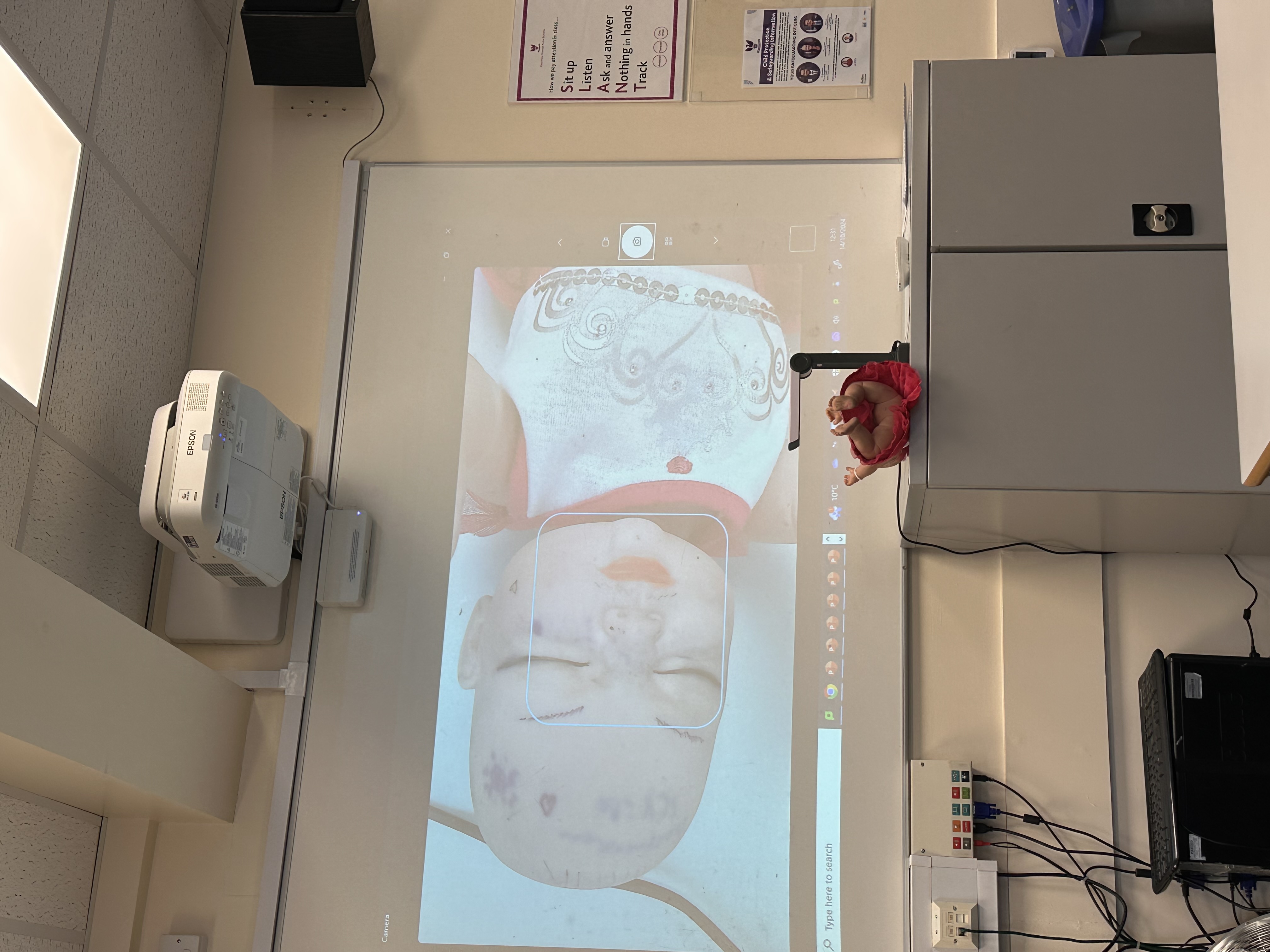Cultural variation in attach
Cards (8)
- Outline findings into cultural variation - van Izjendoorns
- Strength - cultural variation - relied on meta-analysis
- Cultural variation - limitation. - relied on American methods of assessing attachment types - point
- Cultural variation - limitation - relied on American methods on assessing types of attach. - German mothers
- Cultural variation - limitation - relied on American methods of assessing types of attach - Japanese mothers
- Limitation - cultural variation - criticism measuring by countries not cultures
